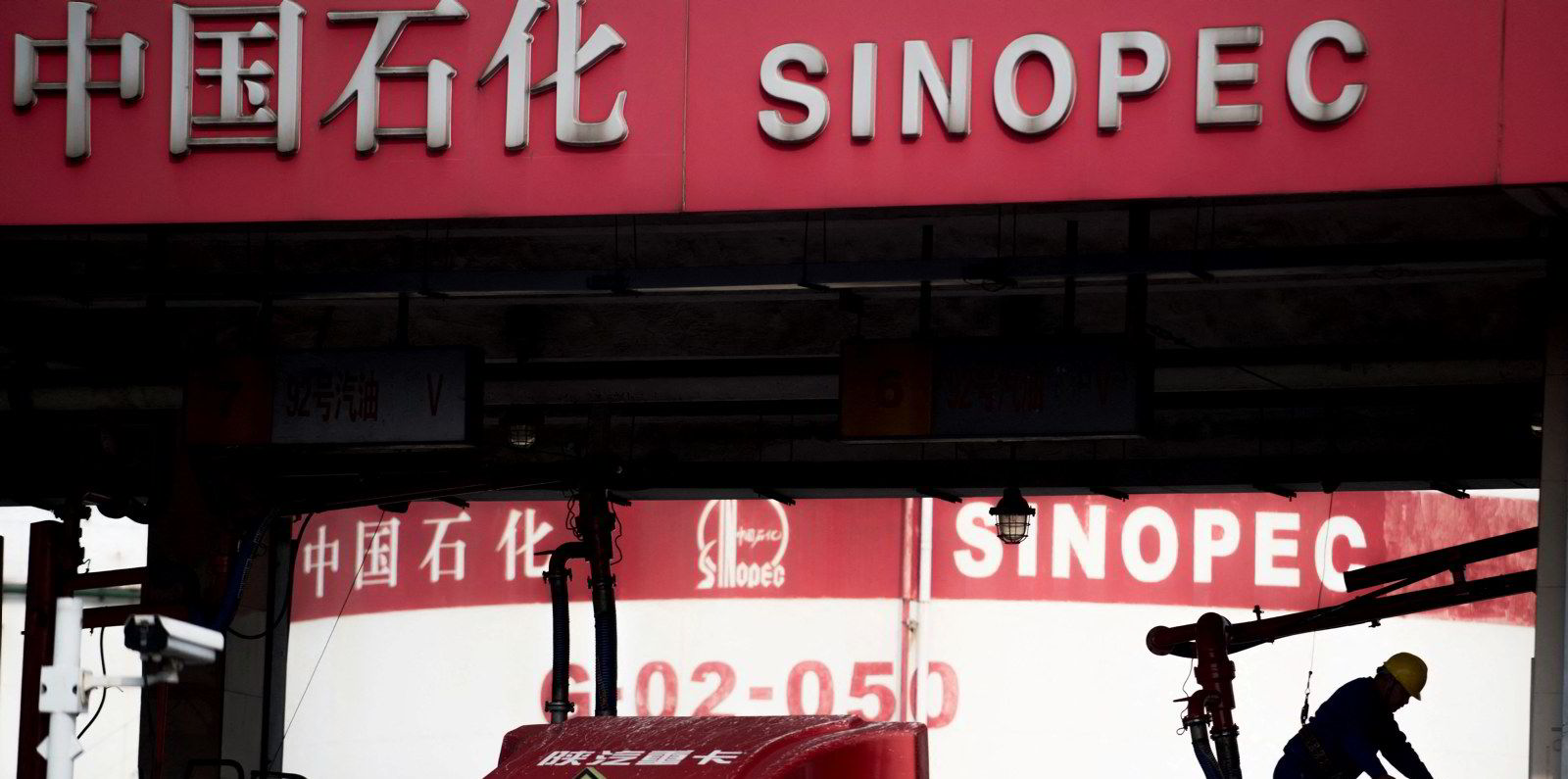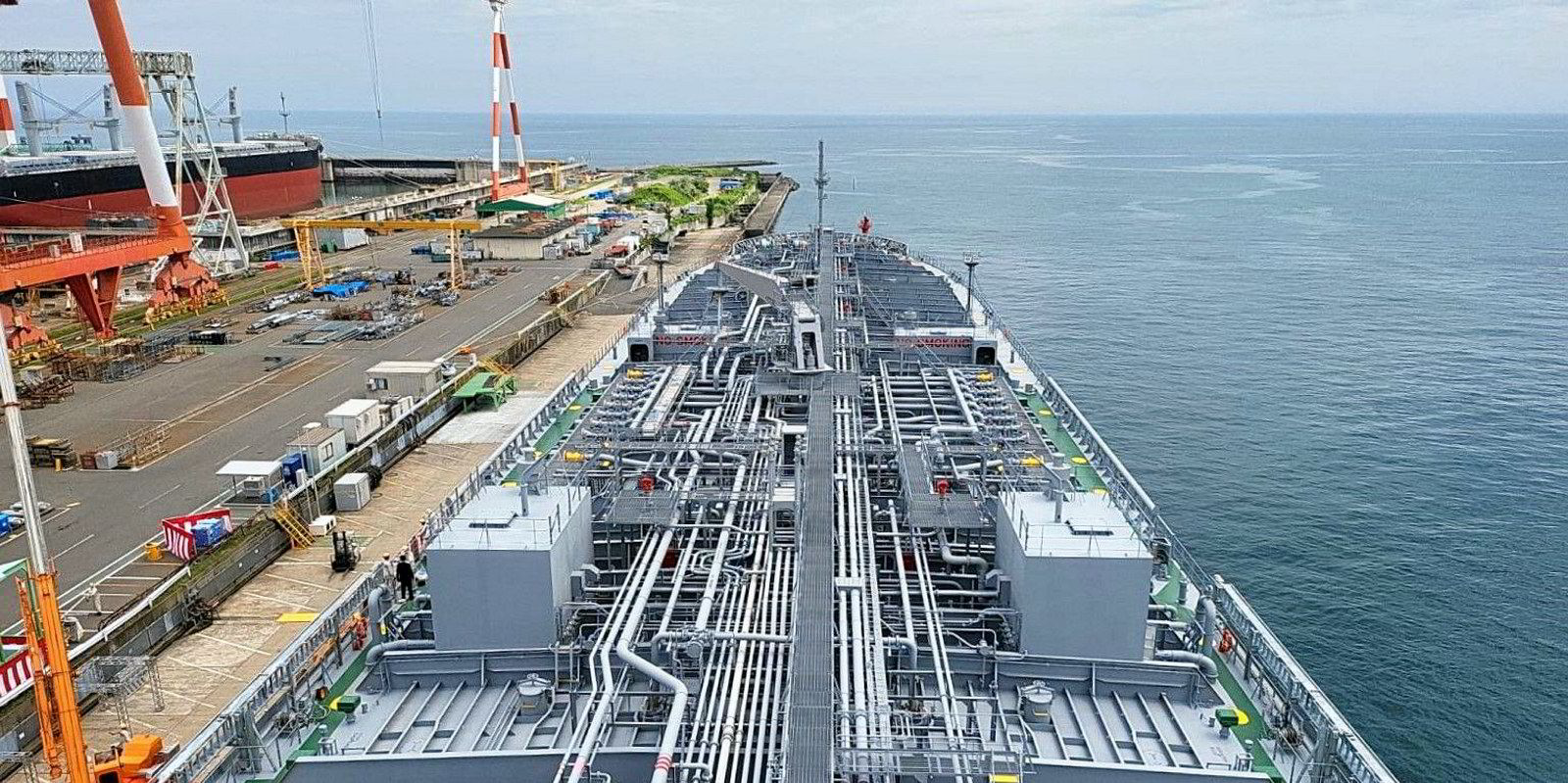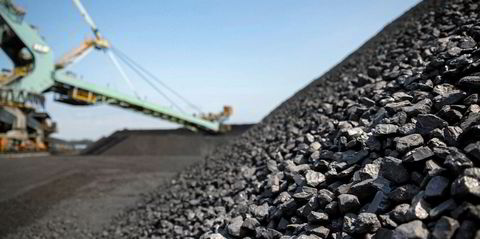Dirty tanker rates leapt on the US Gulf to China route in July as state-run giant Sinopec switched from Russian to US crude, according to energy data analyst Vortexa.
All of the cargoes were earmarked for restocking Sinopec refineries outside Shandong province in expectation of an increase in demand for products in China.
China’s crude loadings from the US hit an 18-month high in July with an estimated 330,000 barrels per day (bpd) compared with just 60,000 bpd in the previous two months.
The US loadings contrasted with a sharp dip in Sinopec’s Russian Far East cargoes with just three in July compared with 14 in May and June, according to Vortexa.
Asia analyst Serena Huang said the changes contributed an increase of 40% in dirty tanker rates month-on-month on the US Gulf to China route.
Shipping fixtures suggest that the Chinese appetite for US crude remains “robust” this month even though only one VLCC has left for China so far and despite a pick-up in the country’s Russian volumes.
“Sinopec has lifted three cargoes from Russia Far East in the first week of August, signalling a re-balance between US and Russian crude purchases,” she said in a note.
India and China have been key purchasers of cut-price Russian crude since the invasion of Ukraine, limiting the impact of financial sanctions imposed by the US and the European Union.
Vortexa reported last month that India was set to overtake China as the leading seaborne importer of Russian crude in July.
It said the shift was likely to be temporary. India’s crude imports are on track to fall by 900,000 bpd in August month-on-month, with several refiners shutting for planned maintenance.
Washington has expressed concerns to India that it was exporting fuel products of Russian origin in violation of US sanctions, according to a senior Indian banker at the weekend.
Reserve Bank of India Deputy Governor Michael Patra said on Saturday that the US Department of the Treasury said ship-to-ship transfers were being used to disguise the origin of the fuel.
Sanctions are re-drawing the tanker market, with Western nations forced to import crude over longer distances.
The US has halted Russian-originated crude and processed oils imports, and the EU says it will cut 90% of Russian seaborne oil imports with measures introduced in December.
The changes have improved the earnings potential for tankers. Nearly six in 10 of all crude tanker voyages will be long or ultra-long haul by 2026 compared to 44% in 2010, according to research last month by maritime research and forecasting consultancy Maritime Strategies International.





